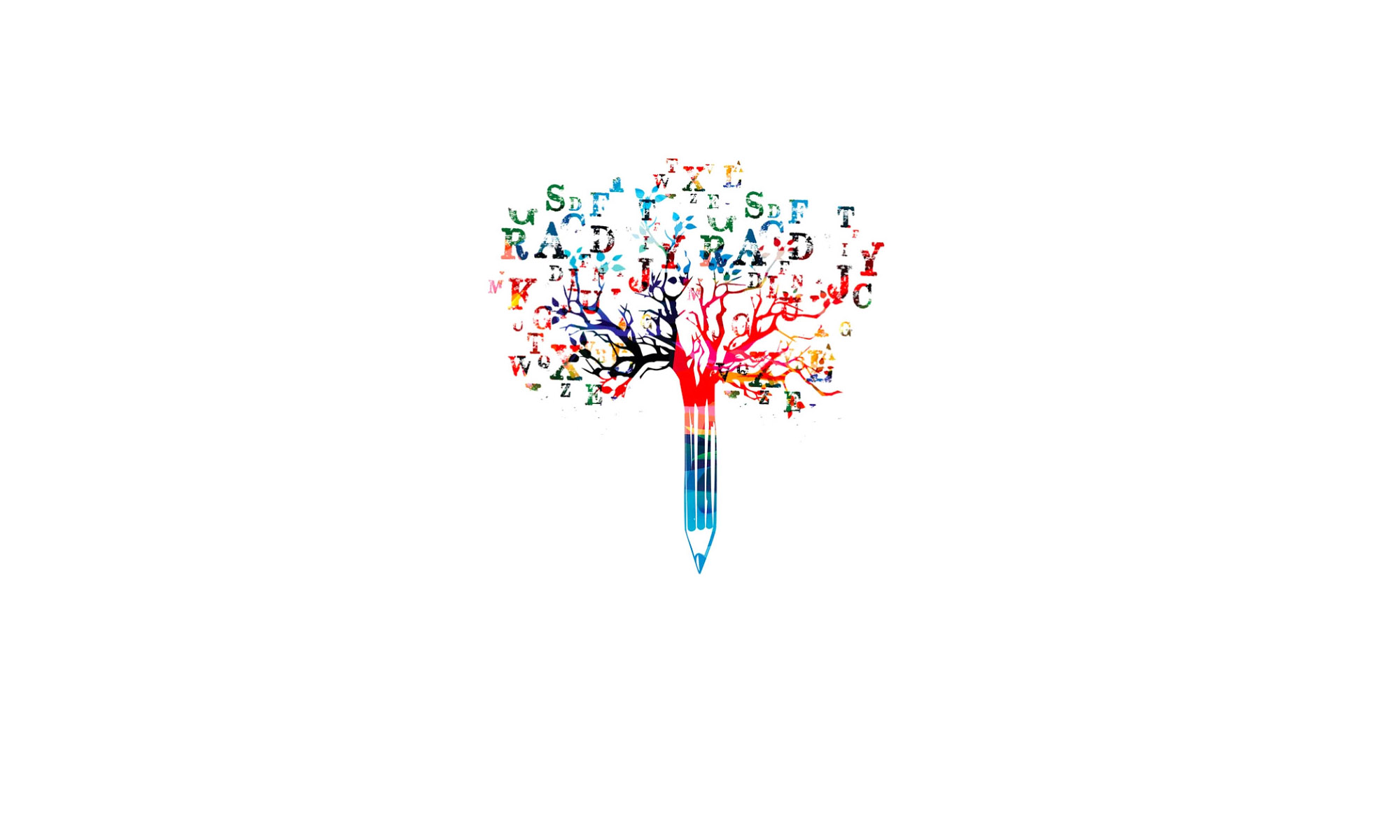PART I, Chapter I: Ekphrasis for People in a Hurry
Well, I’ve done it again: I’ve used the term ‘ekphrasis’ in a title, knowing full well that this word can mean the kiss-of-death in any discussion or social interaction. Picture yourself at a busy cocktail party, for example, where attention spans usually run about 3 minutes, and someone asks you to explain ‘ekphrasis’ (yes, it …
Continue reading “PART I, Chapter I: Ekphrasis for People in a Hurry”
